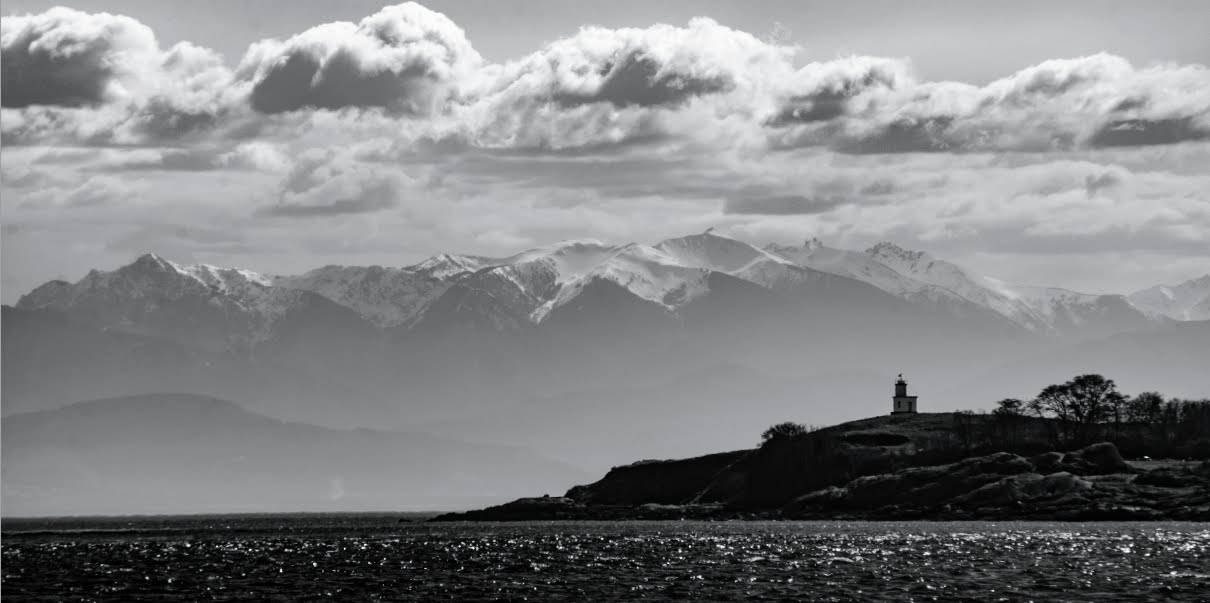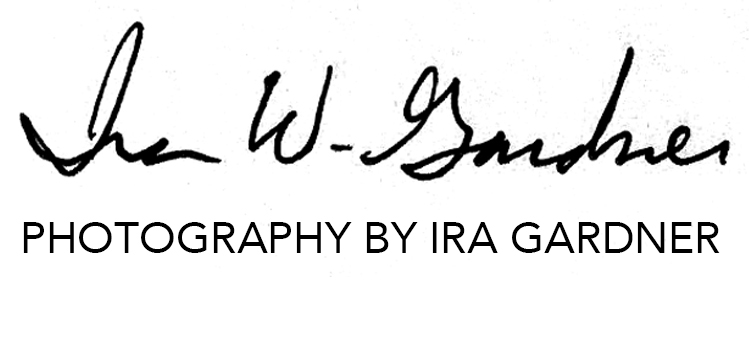
Yesterday as I left work and headed to the funeral home to meet my mother and wife, a man on the sidewalk was shouting at cars as they drove past. He threw water from a bottle at my truck as I passed. I could see him continue to rant at cars in my rear view mirror.
A few blocks later I saw another man walking with a BMX motocross bicycle that was too small for him. He was wearing a hoodie, jacket, and sweat pants and his head moved violently up and down as he walked alongside the bike. He looked older than me and yet I thought about how he might actually be younger. Emotional anguish can reshape the face.
For some reason these observations made me recall reading the James Baldwin book Notes of a Native Son. In particular I was thinking about the story he tells about the Harlem riots that occurred right after his father’s funeral and the scene he observed as they drove to the burial.
The story is not just about race riots, it is also about the complicated relationship between father and son. While I have had time to dwell on the good and bad of my own upbringing, I wasn’t thinking about my childhood specifically, but rather the human condition as I crossed town on Maxwell until it turned into Mission.
I thought about the way the human mind is affected by life experiences, chemical reactions, and illness. I thought about how dementia isn’t that much different than the behavior I observed on the sidewalk. I thought about all the varieties of what we call mental illness for which there is no blame to be given, or addictions inspired by any number of reasons for which no blame should be given.
I thought about how perception of reality is so variable for each person to the point that philosophers are now considering whether there is an objective reality. Technology is doing everything it can to reshape our perception of reality.
Ultimately I thought about the disservice diagnostic labels do to our ability to accept another person’s reality with empathy and compassion that is without judgement.
I finally made it to the funeral home. I was a few minutes late and my mother and wife were already in the office with a person named Hope. I appreciated the sentiment her parents must of had when choosing that name. I wonder if it set her on the course to be here with us at this moment in our lives to provide a significant human service as she helped us navigate the post-death processes and rituals.
As I entered the room I excused myself by making a joke about wanting to practice being late for my own funeral. A little levity was needed. I could see my mother was having a difficult day with her grief and I could read the fatigue on my wife’s face too.
I have been through grief before. It is a familiar emotion that has taught me the greatest lessons in my life. My first real experience of grief felt like I was in a black void. As I learn more about sailing I think of grief as being like a solo blue water crossing where you spend days alone without any land in sight.
Right now I vacillate between moments of relief, moments of joy, and moments of profound sadness. My grief rolls in like waves at times. I can experience the high of a joyful memory and the trough of sadness. It is like the choppy water of opposing currents that I sailed through recently.
It has been my experience that when I experience grief or anxiety it is a signal that something greater is coming my way if I can just lean into it.
Anguish tempers my spirit as I let the pain pass through me. Grief has become a beacon that signifies a path towards personal growth. It brings with it the gifts of humility, kindness, and gratitude.
The day before my sailing class ended we met up with another group of students from another boat. A young man from Colorado had heard I was a photographer and he wanted to know what gear I had with me on this trip. He wanted to see some of my photos and talked about how he had brought a wide angle lens with him. I loved his enthusiasm.
I told him that I didn’t bother with a wide angle lens. In fact I rarely use one for landscape photography these days.
It has been my experience that when I try to stuff too much information into a single frame there is an absence of clarity to the composition. When I try to say everything in one image I usually end up communicating nothing.
I remember a National Geographic photographer who told me that the only way to photograph an elephant was to get as close as possible. What he meant was that to make good compositions you have to work counter-intuitively. To photograph something big you needed to use a wide angle lens at a close distance or the alternative is to use a long telephoto lens from far away which is what I found most appropriate from the vantage point I had on the boat.
If I had used a wide angle lens to photograph this scene I would not be able to show the harmony of the relationship between snowy mountains, the ocean, and the land where the lighthouse sits. With a wide angle lens the mountains and clouds would have been tiny and distant. Everything would have been perceived as too far away by being too small to make any kind of impact.
To make this image I used a 300mm lens and made several vertical images that I stitched together as a panorama. This isn’t a new technique. The photographer Vittorio Sella made massive panorama prints in the late 1800s from 11×14 glass negatives. He was the official photographer for the Duke of Abruzzi who went on numerous expeditions into mountain ranges of Europe and Alaska and is credited with starting recreational mountain climbing. I saw some of Sella’s original panorama prints at the Banff Museum many years ago. The experience left me thinking about how photography has gotten easier without getting better. These images were perfection.
When I was studying photography in college we had an assignment to make a panorama print by hand. We would have to make several exposures with at least a 25% overlap of frame and then mount each print and trim the overlapping sections so the final image appeared as a single wide angle image. Digital photography makes this process much easier.
As I reflect on this image I think it is teaching me that in order to see the macro view of world I have to be willing to observe the micro details in order to reveal the greater connections. I think diagnostic labels for mental conditions try to stuff too much into a single term. The human condition is complex and it takes a single moment of being fully present to gain useful insight into our own lives.
Peace,
Ira

